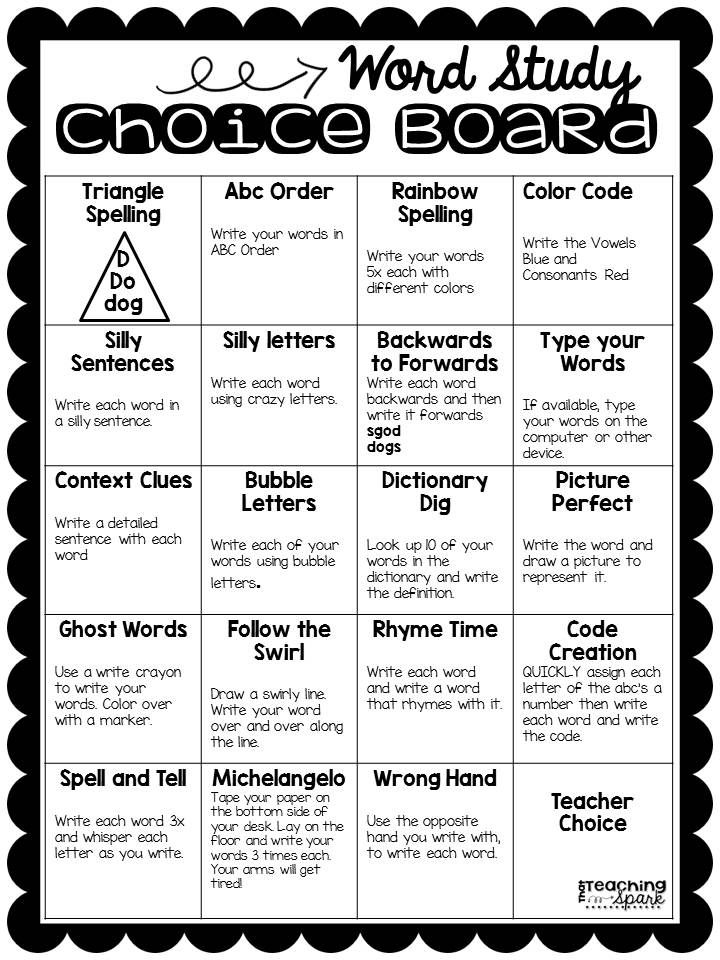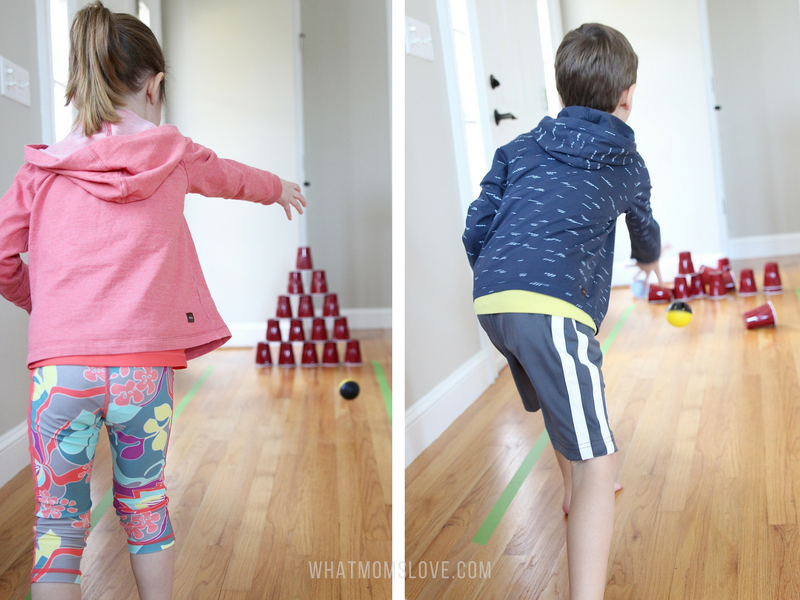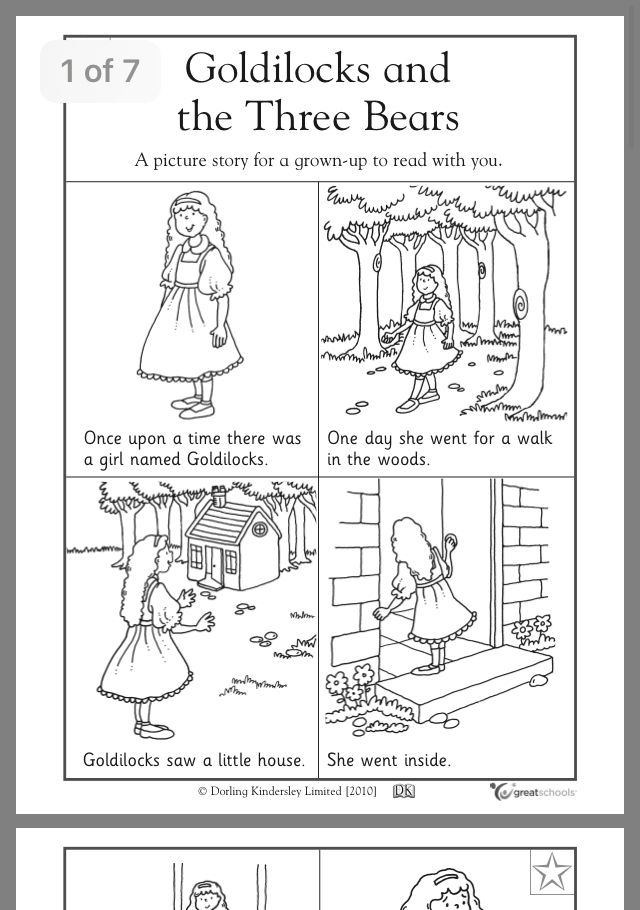Counting around the house
Counting Around The House - Math Activity
| 31 Comments
This is a math activity with gross motor and some writing on a vertical surface which is great for beginning writers because it forces the correct wrist position and strengthens the muscles in the hand and arm. Preschool math activities like this help bring math to life by using the world around the children to use as manipulatives.
This post contains affiliate links.
- Gather your materials. You will need some paper ( I get this craft paper in the mailing supply section of Walmart, way cheaper than real butcher paper), markers and something to put the paper on the wall. I use painter’s tape, and I use a lot, so my toddler doesn’t pick it off.
- Draw a house.
- Decide what things you want to count and write them on. I made the windows and doors spots to write the numbers in.
- Invite your counter to read the questions on the poster.
- Start counting around the house!
- Come back and fill in the answers.
- I wish I had a magic wand for my son to make him believe in his ability to write, to know that he doesn’t have to be perfect and to understand that just because reading is easy doesn’t mean that writing should be or that there is anything wrong because it’s hard. So instead we are doing lots of fun writing… and hoping we turn the corner gently on his terms if possible. He likes to “split the work” so I made sure we were counting some things with two digits, I’d do one or make dots for him, and he’d do the other. I don’t think it’s worth it to push to frustration, instead of finding ways to make him willing is more my style.
- Search your house poster to see which question has the biggest number and which is the smallest.
On the Launch Pad: A Counting Book About Rockets by Michael Dahl was a great find, my son loved counting down from 12-1 with the bright illustrations, simple text, and hidden numbers on each page. Something that seems simple but was awesome was that each page had the number written as a word, shown as a digit, and as dots to count.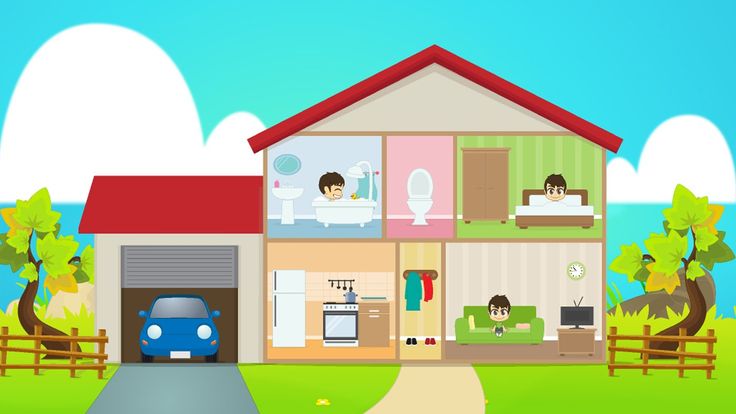 You can take the time to count each dot, read the word or simply recognize the digit!
You can take the time to count each dot, read the word or simply recognize the digit!
1, 2, Buckle My Shoe by Anna Grossnickle Hines is a wonderful first counting book and a favorite of my daughter. The text is a simple rhyme; the pictures are photos of quilted numbers and buttons. The buttons correspond to the numbers and are so bright that they practically beg a child to touch and count them. My daughter who is 14 months loves to push the buttons, trace the numbers, and laughs at the hen. Very sweet book.
How Much, How Many, How Far, How Heavy, How Long, How Tall Is 1000? by Helen, Nolan has been sitting patiently on my shelf waiting for my son to be ready to read it. I used this in a math unit when I was a student teacher and absolutely love this book. The whole concept of this book is to explain the concept of 1000. We often teach our kids to count to 100 but don’t pay the same attention to getting them from 100-1000. This book takes it to the next step and demystifies the huge number 1000. It’s interesting; it uses examples kids can relate too, and it gives many scenarios so those cogs turning in your child’s head has lots of chances to catch! I read it to my son for the first time yesterday, and I loved being there for those moments when I know he just got it!
It’s interesting; it uses examples kids can relate too, and it gives many scenarios so those cogs turning in your child’s head has lots of chances to catch! I read it to my son for the first time yesterday, and I loved being there for those moments when I know he just got it!
Filed Under: Counting, Math Activities, Writing Activities | 31 Comments
Like this post? Share it with a friend!
Become an Email Subscriber
Sign up above and receive all new No Time for Flashcards posts directly in your email inbox.
You may also like these posts
Next Post: DIY Advent Calendar- Made From Wipes Lids
Previous Post: Artist Inspired Art Projects for Kids
Trackbacks
10 Fun And Educational Counting Activities Kids Can Do At Home
Watching your child enter the wonderful world of counting activities can be equal parts amazing and overwhelming.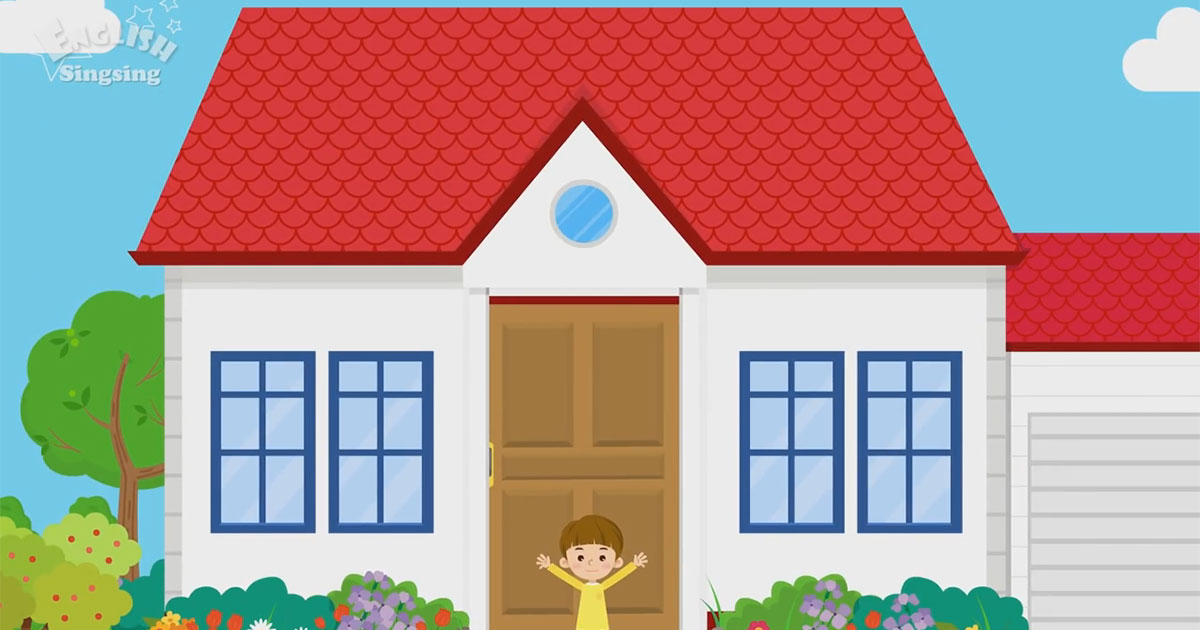 Math is a whole language in and of itself. Learning how to read and “speak” math will take time!
Math is a whole language in and of itself. Learning how to read and “speak” math will take time!
But have no fear — HOMER is here with 10 fun, educational, and exciting counting activities to make your child’s math learning feel less like a roller coaster and more like a walk through the park.
10 Counting Activities To Try At Home
1) Count The Pattern
What You’ll Need
- A piece of paper
- A pen for tracking tallies
What To Do
This counting activity can be done inside your house on a rainy day or during a walk around the neighborhood. All you’ll need is your paper, pen, and sharp eyes.
For our example, we’ll go on a nature walk. You will start by saying, “I spy with my little eye something [color] … how many can you find?” To start, we’ll use the example of yellow objects.
Hearing your hint, your child will rush around to count how many yellow flowers, coats, signs, cars, or other objects they can find.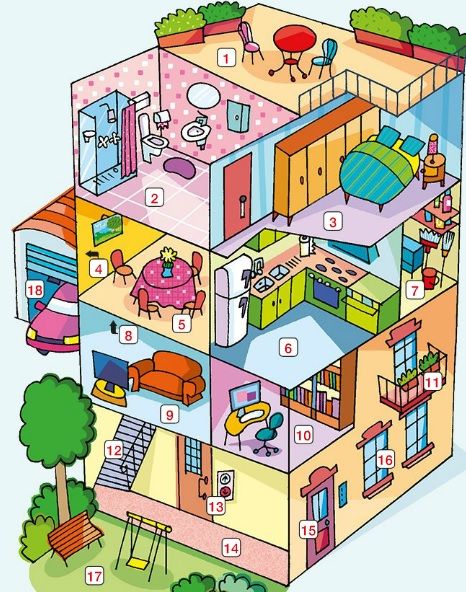
For young kids, their goal can be to find as many yellow items up to 10 as fast as they can. If your child is a little older, their goal can be 20.
You can also switch it up by exchanging the color for other objects. For example, they can try and count the number of dogs, fire hydrants, sidewalk cracks, or birds flying by.
2) Counting Cityscape
What You’ll Need
- Legos or building blocks
- A pair of dice
- Sticky notes
- Pen or marker
What To Do
For this activity, your child will start by rolling the dice.
They’ll count the dots of whatever number they roll and then stack the matching amount of building blocks into a tall tower. Then, they’ll write out the number of blocks on a sticky note and stick it to the top of their tower like a flag.
This will showcase a couple of different things to your child: one-to-one correspondence and subitizing.
Subitizing refers to a child’s ability to see a small collection of objects and innately understand how many there are without meticulously counting. Subitizing works when reading dice as well.
Subitizing works when reading dice as well.
Encourage your child to repeat this process a few times so they begin to build their own cityscape. If all of their numbers are correct, their reward will be to play King Kong and smash it all down!
3) Ice Cream Cone Counting
What You’ll Need
- 5 triangle-shaped paper cut-outs (for the cones)
- 15 different-colored circles (for the ice cream)
- Glue or tape (if you want to preserve their work!)
- A sheet of paper with numbers 1 – 5 written across the bottom
- Leave lots of space in-between!
What To Do
The next best thing to real ice cream cones? Making your own crazy flavors out of paper!
Your child will use the number line on the paper to guide their ice cream assembly. So, for the 1 space, your child will place one ice cream cone and the number of scoops matching the spot on the number line.
They’ll continue up the number line, making ice creams with 2, 3, 4, and eventually 5 scoops. That’s one big ice cream cone! For older kids, you can bump this activity up to 10.
That’s one big ice cream cone! For older kids, you can bump this activity up to 10.
You can take this activity further by turning your ice cream making into a business! Your child can play shopkeeper and you can puppeteer different stuffed animals to come in and order.
Your child will make ice cream cones based on their fuzzy customers’ requests!
4) Penny Toss
What You’ll Need
- 10 pennies
- A plastic cup or jar (for shaking)
- A piece of paper
- A pen
What To Do
Place the pennies in your shaker jar. Tell your child to shake them all around before turning them upside down and throwing the pennies down onto the floor.
You will be playing against one another: one person for heads and one person for tails.
Then, they’ll take a tally of how many pennies land on heads vs. tails. They’ll count their tallies and circle which one got more in each round. The first person to have “their side” of the penny reach 20 wins!
5) Fill The Cup
What You’ll Need
- Popcorn or other light but bulky snack
- 2 plastic cups
- A pair of dice
What To Do
You and your child will each have your own plastic cup and a die.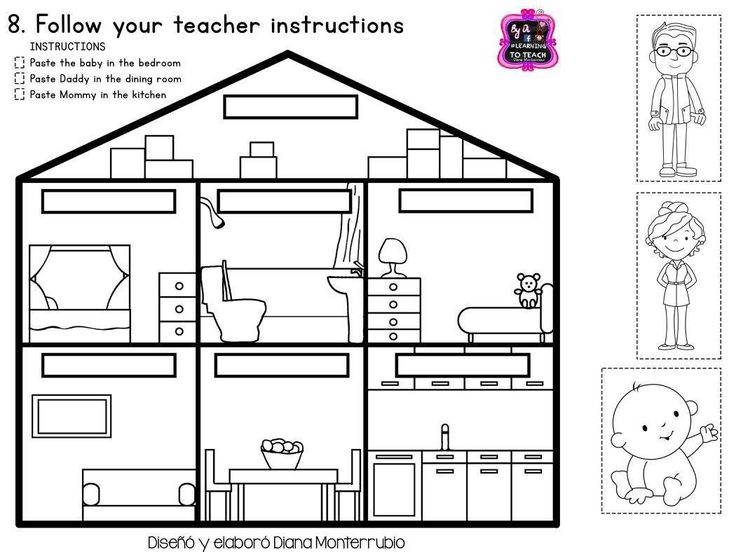
You’ll start by rolling your die one person at a time. Whatever number you get, you’ll count that many pieces of popcorn into your cup. The idea is to see whose cup fills up first!
The players all get rewarded by eating their whole cup of popcorn at the end. What’s better than snacktime and math time?
6) Number Maze
What You’ll Need
- Chalk
- Sunshine (this activity is done outdoors)
- A stack of cards (face cards removed)
What To Do
You’ll use your chalk to draw out a grid. You can draw the grid in any form you like, but there should be at least 10 blocks. For more advanced counters, you can expand to 20 blocks.
When filling up the grid, you’ll want to mix and match the placement of the numbers. You don’t want to write them in an obvious sequence, as that will defeat the purpose of the game.
You will be the road map for how your child will get out of the maze. Your child must “escape” the maze by hopping between the numbers you call out.
You’ll call out numbers based on whatever card you draw from the pile. There’s no need to do all 40 cards! Start with 10 cards (all 10 numbers) and if your child really enjoys the game, then try 20.
7) Swat That Number
- What You’ll Need
- A fly swatter
- Sticky notes
- A marker
What To Do
Write numbers 1 – 10 (or more if your child is learning larger numbers) onto separate sticky notes. Stick them to a wall with a wide space in front of it so there’s room for your child to play.
Call out a number or roll a die. Whatever number is chosen, your child must swat the corresponding sticky note with the fly swatter as hard as they can.
This counting activity will get them moving, thinking, and having a blast!
8) Planting With Numbers
What You’ll Need
- 10 small cups, numbered 1 – 10
- Clear cups work best
- Seeds for a quick-growing plant
- Snap peas
- Radish
- Squash
- Soil
What To Do
Fill each cup with an appropriate amount of soil.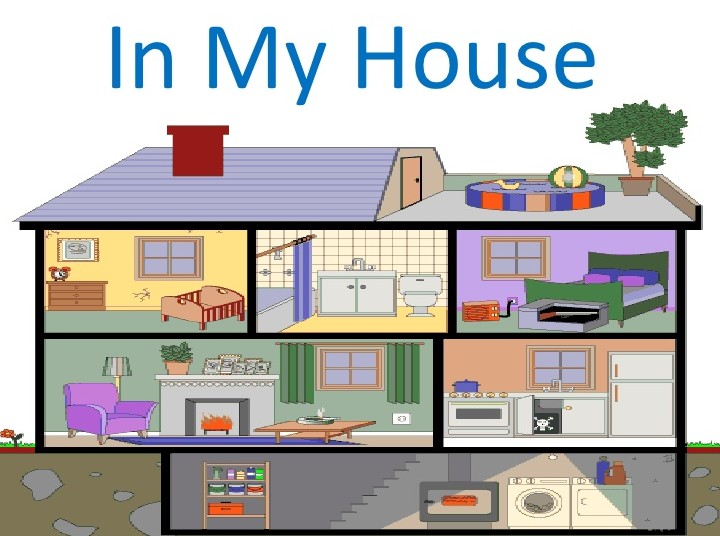 Then, based on the number on each of the cups, your child will plant the same amount of seeds into the labeled cups until all the cups are filled.
Then, based on the number on each of the cups, your child will plant the same amount of seeds into the labeled cups until all the cups are filled.
The best part? They’ll get to watch their seeds flourish over the next couple of weeks!
They can make their own determinations about which cups grew the best. Were the seeds in the 10 cup too crowded? Were they the perfect amount? You’ll have to wait and see together!
9) Counting With PlayDoh
What You’ll Need
- PlayDoh
- Cutouts of numbers 1 – 10 (or plastic fridge magnets)
- Toothpicks (for kids four and up)
What To Do
For this activity, your child will be making some “spiky” PlayDoh hamburgers. They’ll form the PlayDoh into 10 separate patties. The color, shape, and size are up to them!
With the finished patties, they’ll press a number 1 – 10 into each patty. Then, depending on the patty’s number, they’ll add that many spikes (toothpicks) to it, continuing until all of the patties have the correct amount of toothpicks.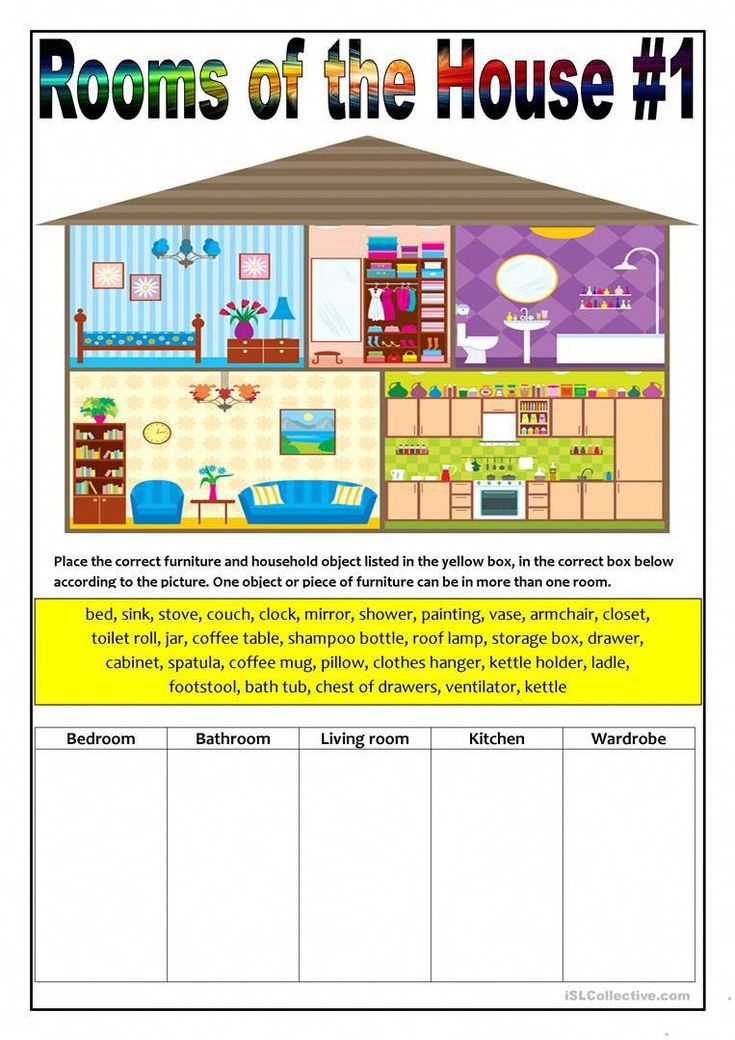
Bon appetit!
This activity helps your child see the relationship between the face value of a number and how many objects it represents.
Quick tip: You may want to avoid using toothpicks if your child is younger than four years old. You can use buttons or other small objects instead.
10) Number Olympics
What You’ll Need
- A pair of dice or number spinner
What To Do
This game is a great way to have your child learn and burn some energy at the same time (we know you’ll thank us later!).
You will use the number spinner or dice to roll a random number. That number will dictate how many of a certain athletic move your child will complete.
You can use any move that gets your child excited to play — jumping jacks, squats, log rolls, spins, etc.
You can even take the game outside. For example, your child could do a certain number of jumps on the trampoline or have to score a basketball goal a certain number of times.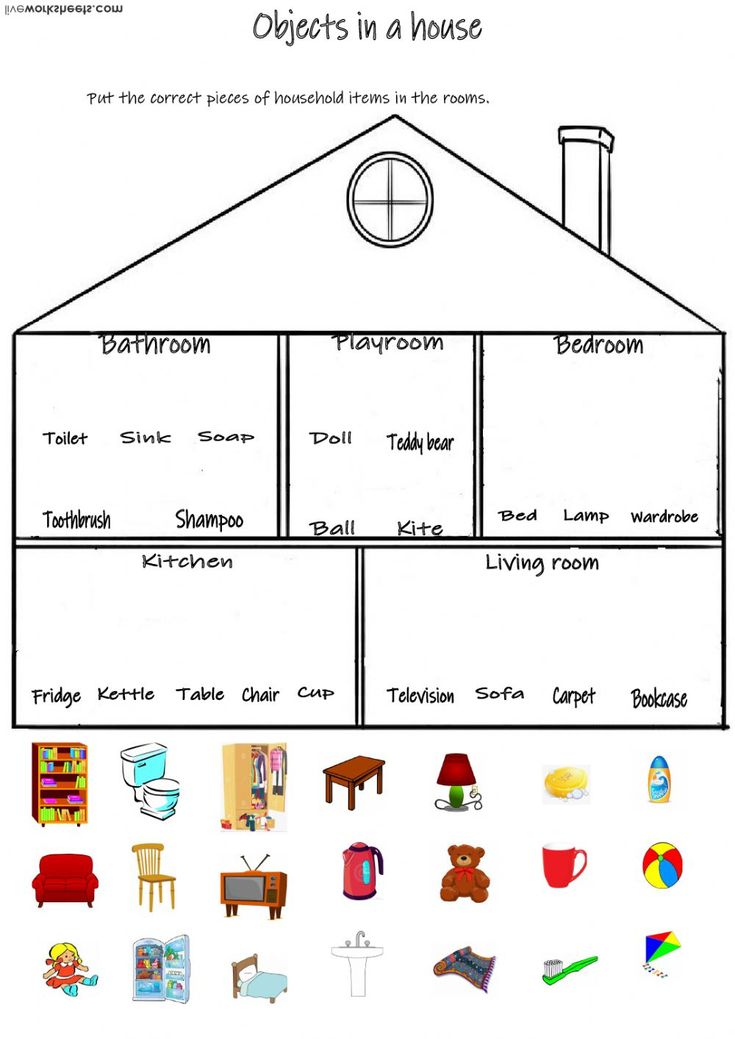
Get creative, get jumping, and get counting!
Counting Activities For Endless Fun
We hope these counting activities sparked your imagination for ways to make math exciting and fun for your child.
As your partner in learning, we at HOMER know that there will be weeks when there’s just not enough time in the day to grow snap peas or build Lego cities. For those extra busy days in your routine, our personalized learning center is full of counting activities for your child.
Your young learner doesn’t always have to play a complex game to develop their math skills. Our Learn & Grow App will make sure that they get there (and have a blast while doing it!).
Author
Can housework and gardening be considered physical exercise? — VashiVolosi
Numerous videos and advertisements with sports girls
or
guys pushing sleds or flipping tyres,
is interesting to watch, but rather scary.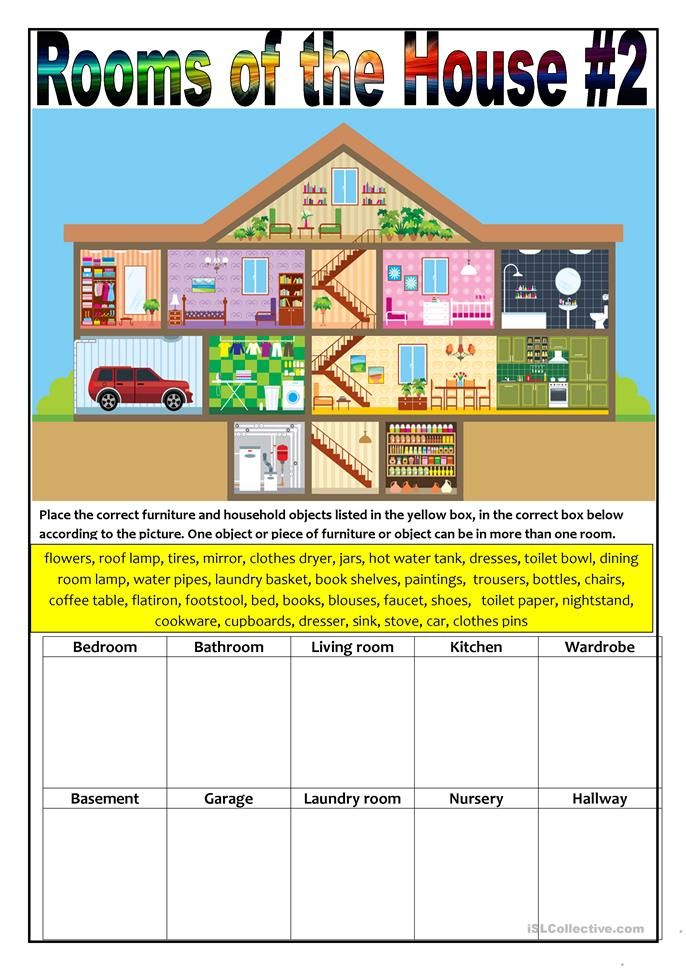
Do you watch them and think that
the only way to become active is to participate in these
activities? You have nothing to worry about, because physical activity
is not limited to intense workouts. Actually
deed, you don't even need to train. You can get some of the health benefits
from exercising by doing some of the
things you are currently doing.
Everyone has days when they don't have time to do sports, but
what if you could do sports along with household chores?
In fact, you can do this by changing the way you approach
homework. With a little creativity, you can learn to burn that extra 90,007 calories by doing household chores. You will not only save time and0007 money, but also improve your health and housework.
Our idea of what an exercise is
is too narrow. This is because
's popular pictures show people working out at the gym or running a marathon. I
have never seen anyone promote the benefits of housework
for increasing physical activity.
If you think you have to ride a
bike a few times or run around the block to get a
effective training means you need to open your mind to other
possibilities. It's time to change your mindset! Exercise
is movement, and short periods of exercise
count as well. You can even earn fitness points by doing
chores around the house, as long as you do it energetically.
How do we know this? A study conducted by scientists from
Queen's University in Canada showed the importance of
unstructured physical activity for health
cardiovascular system and fitness. In Study
, scientists quantified the activity of healthy adults. When
they summed up the minutes participants spent
moving during the day and compared them to their cardiovascular health,
they came to a surprising conclusion. Time spent cleaning the carpet,
climbing stairs and running through the parking lot to get to work,
is good for heart health.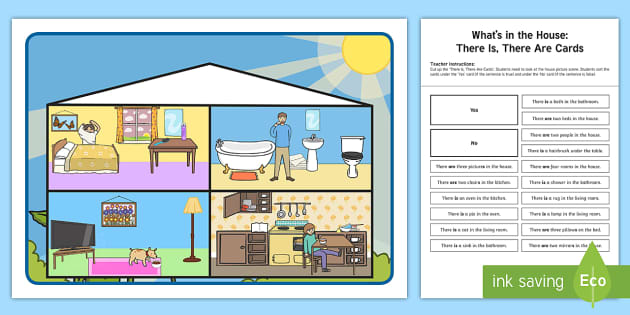 During the study, the researchers measured
During the study, the researchers measured
minutes during which participants moved using an accelerometer,
a device worn around the waist that tracks activity. Participants
did not perform structured workouts, but only normal daily activities
such as cleaning the house, climbing stairs, etc.
There is one caveat. Unstructured physical activity
is most effective when you do it vigorously, not
leisurely. When you wash a bath, for example, clean it vigorously, not
at a leisurely pace. By the way, washing the tub for 15 minutes burns 60
calories. But, even if you're doing it more leisurely, you're doing
something other than sitting. This is important because we now know that
sitting is an independent risk factor for cardiovascular disease,
even in people who exercise regularly.
Another study published in The Lancet
studied the movement habits of 130,000 people from all over the world. Was
found that physical activity for at least 30 minutes on day
was associated with an increase in life expectancy and a decrease in the likelihood of developing a serious disease
.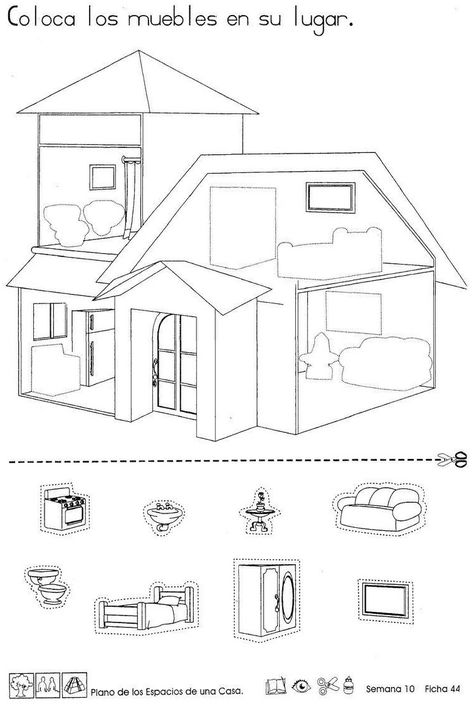 This includes
This includes
unstructured exercises such as outdoor work and
indoor homework. There is nothing better than doing two
tasks at the same time: housework and training!
How to make unplanned or
"accidental" exercises work for you
If you cannot do structured exercises,
make the most of the time you have for movement.
Pick up pace while walking. Interestingly, walking speed correlates with 90,007 mortality risk. Slow walkers have a higher death risk of
than fast demons. You've heard this before, but park as
as far away from the places you visit as possible so you have where to go
next. Walk while talking on the phone. It's another
smartphone advantage; you can move while using it.
Consider hiring someone to do tasks
such as gardening, mowing the lawn,
raking leaves, or shoveling snow. These sessions are intense enough to benefit
's cardiovascular system, so why not
do them yourself? And stop being so energy efficient.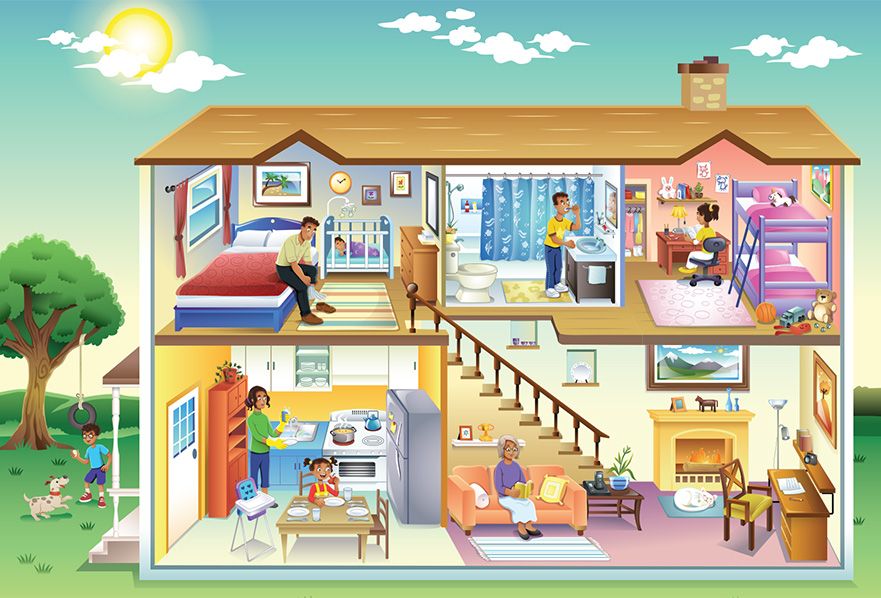 When you
When you
walk, swing your arms vigorously, take long steps and keep
fast pace. Forget elevators. Make friends with the stairs and make sure you
wear a pair of shoes that can safely move up and down the
stairs; high heels are not the best choice. You can even wear the
weight vest while walking.
Ready to do housework and get in shape? Here are
five unique ways to exercise without leaving home:
Cooking
without appliances
Modern kitchen appliances make cooking almost
is easy, but the effort in the kitchen can be beneficial, especially for your
health. The next time you bake, put the mixer in the cabinet and take out the whisk instead. You will train your arms, tone
muscles and burn calories. Grinding, kneading, cleaning and rubbing
can also be done by hand. As an additional exercise
wash the dishes by hand.
Ironing
to music
Believe it or not, ironing burns a lot
number of calories - from 75 to 150 per hour.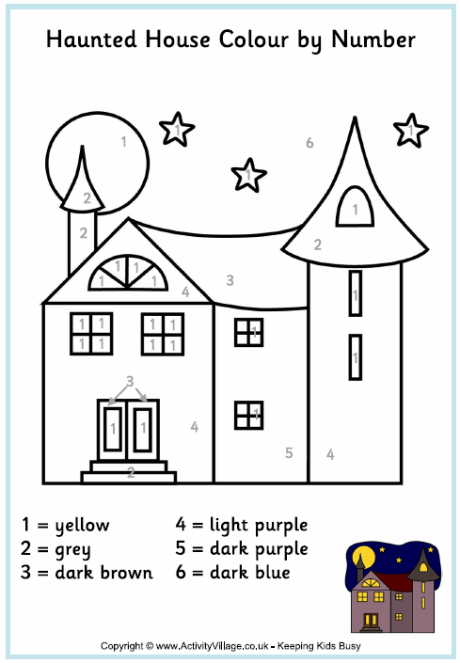 But you can
But you can
increase this amount by turning on the music and turning your ironing session into a
workout. Move your legs while ironing, or better still,
put the iron between your shirts and do a series of aerobic steps,
jumps or dance moves. Ironing to music makes this routine
housework more active, exciting and fun.
Washing
floors the old fashioned way
Cleaning is as active as a brisk walk, and at the same time you
do important housework. Say goodbye to the mop, grab the
Sponge and get on your hands and knees for some good old-fashioned cleaning. There are
things to wash here, including floors, bathtubs, kitchen countertops and sinks. And don't
forget the walls, doorknobs and windows. An hour or two of such cleaning is a great exercise for the whole body.
Organize
and rearrange chest of drawers
Don't just tidy up your closet, organize and rearrange
it. Moving chests of drawers, folding clothes, rearranging shelves and
sorting shirts and shoes are all active activities that
burn calories and work muscles.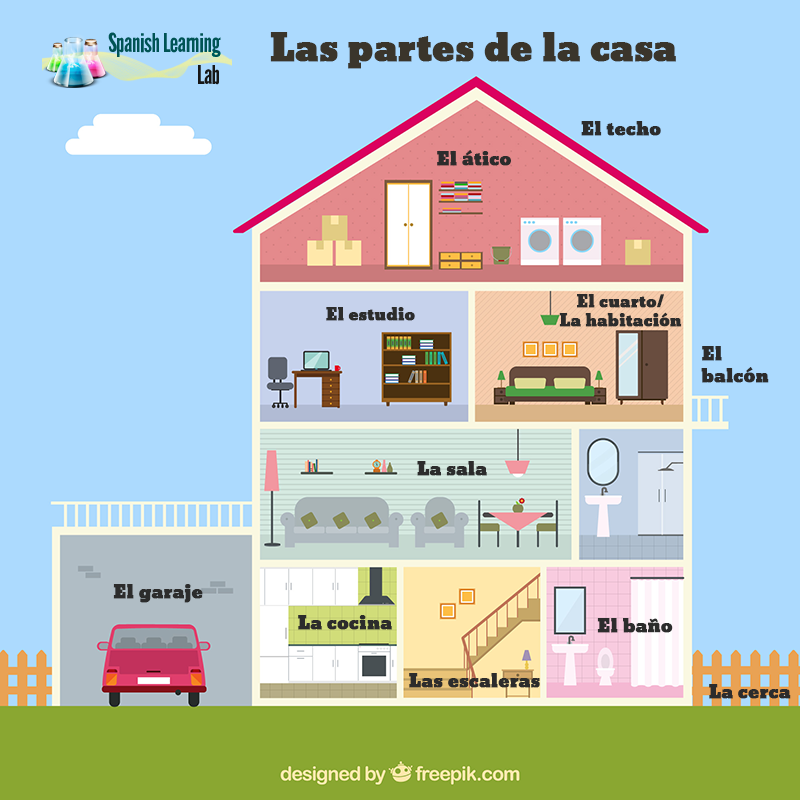 When you're done with dresser
When you're done with dresser
in the bedroom, move on to other cabinets in the house. Then pack items
for donation. You will appreciate the results of your hard
work, including the improvement of your physical form.
Vacuuming
hard-to-reach places
Pushing the vacuum cleaner on the carpet in the living room is one thing, but
cleaning stairs is quite another. Significant 9 required0007 effort to move vacuum cleaners and crevice nozzles between stairs,
around vents and under furniture. You may be surprised at the amount of dirt you'll find in these hard-to-reach places, but don't be surprised at the extra calories burned. Vacuuming
alone brings you over 200 per hour.
Summing up
Household chores are necessary, but so are daily exercises
. When time is running out, do them together. Above
activities will help you burn those extra calories while you get the job done
around the house.
It's not just the exercises you do in the
gym that matter. So, do what you do around the house. The bottom line is that we
So, do what you do around the house. The bottom line is that we
need to be more active, no matter what form this
activity takes. But keep in mind that you gradually lose
muscle mass after the age of 30, and weight training -
is a way to reduce this loss. Inclusion of 2-3 sessions of strength
workouts or weight training in your weekly routine
is reasonable even if you are an active person. But know that every movement you make
with intensity contributes to your
becoming better and healthier. You will lose or maintain your weight, and
also reduce your risk of developing diseases such as high blood pressure, diabetes, and high cholesterol. You don't need to
invest in a gym membership to stay at
form. The gym is where you are, even in the office.
Can rented housing be considered your home? | Chita.ru
Photo: Kira Derevtsova
Share
For about 9 years I have been living in rented rooms and apartments, and even return to the house where I grew up as a guest.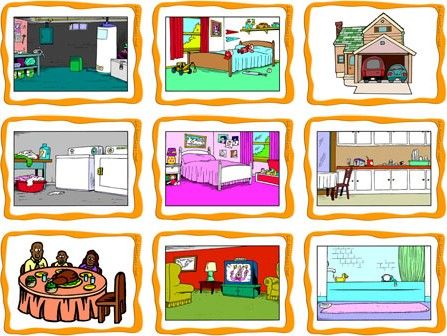 From a young age, I behaved as if the moment when I needed to stop and find my place would not happen.
From a young age, I behaved as if the moment when I needed to stop and find my place would not happen.
Everything was my “home”. Every city, rented room or apartment, every street I walk on, the cab of a hitchhiking truck, a gas station where I constantly take coffee, a shop in a neighboring yard. In my youth, I read O. Henry's story about a cosmopolitan and thought that I was definitely not like this Mr. Coghlan, a pseudo-citizen of the world. And then the world narrowed down to reality: the size of a few thousand steps to the teacher's college, later - to a maximum of 6.2 thousand kilometers to the West. I understood and accepted that I could not go everywhere and that it is unlikely that once I was in a Mexican village, I could boldly call it home.
But I thought it was cool to be a simple girl who can live with almost anyone, anywhere. I felt equally calm in comfortable apartments with good repair and in unsightly closets of Khrushchev houses, fighting hordes of cockroaches or washing another filthy kitchen. And she even began to get short-term pleasure from staying, for example, in a Krasnodar hostel, once a former factory hostel, among stunningly strange and distant drinkers and toothless women.
And she even began to get short-term pleasure from staying, for example, in a Krasnodar hostel, once a former factory hostel, among stunningly strange and distant drinkers and toothless women.
I have dozens of daily apartments and hostels behind me - and even there I tried to make myself comfortable, it seemed to me that this was my home, even for a while
Photo: Kira Derevtsova
Share
tired of it, about four years ago. First - that I was tired of walking along the old damp entrance in the Kazan three-story building and returning to the apartment of a former colleague who good-naturedly rented it to me at a discount. Then, look for a new home. But the problem was a little deeper - I did not know which city would become for me, if not the final one, then for a long time.
I believed it was good not to be tied to any place. Don't take full responsibility for it. And to be honest, I still think so.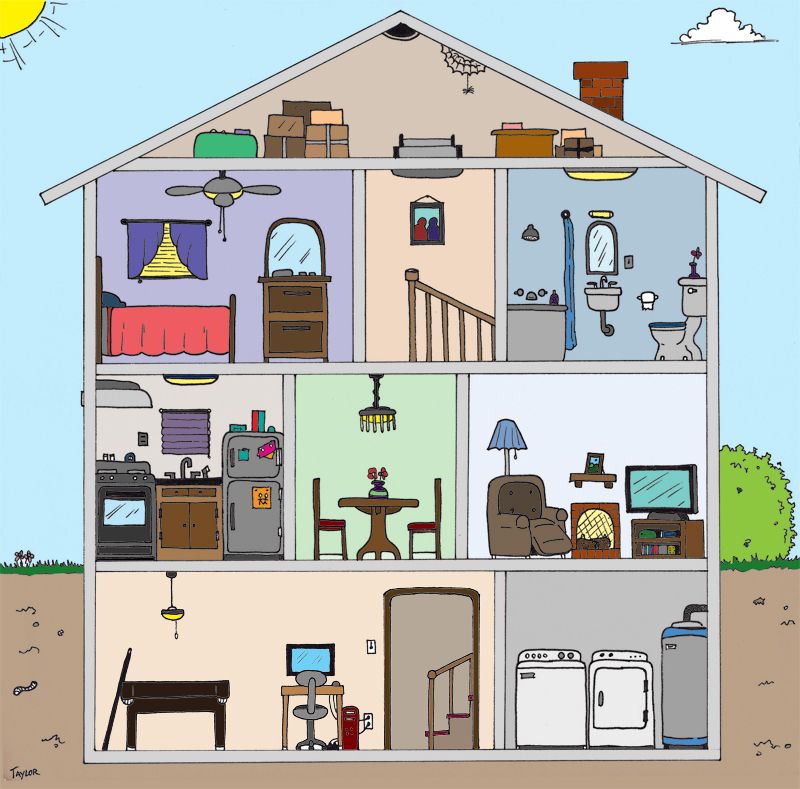
But I suddenly wanted to return from my travels or even the next attempts to settle home somewhere. So that the familiar walls where my things are stored were waiting for me, I distributed the acquired bags in each of my departures. For 10 years, the concept of “home” has been hypertrophied in my perception. From the age of 17, I lived as if the flow of new loved ones in my life would never end, and the cities would always open their arms. I easily quit my job, changed apartments, not easy, but I changed friends, loved ones. And it was completely normal for me to lose and not try to get it back.
At times I yearned for circumstances and people, but not for places as such. And in Chita, I once wanted to return to people and the feeling next to them.
I still can't describe the difference exactly, but I can feel it. I feel that the friendly “I am always waiting for you here” is no longer enough for me, that I don’t feel anything when I see decor items that were once mine or books from friends, or a sweater that came at the right time for someone else.
It's not about mortgages, it's not about "it's time to go to your own home", it's not about pettiness. It's about something intangible. About a place that keeps a memory of you, and, being in which, you will find your reflection. You will find what is permanent in you. You will find something that will forever belong only to you.
There is no longer a grandmother's house that could return this feeling. Everything is different now in my mother's apartment in the North
Photo: Kira Derevtsova
Share
Kira Derevtsova
Special correspondent
The author's opinion may not coincide with the opinion of the editors
Other articles of the author 902.9 And should it?
October 06, 2022, 00:00
“At least a little more preparation”: diary of a mobilized from Transbaikalia for the first 10 days
October 04, 2022, 00:00
“I was sick to no end.




